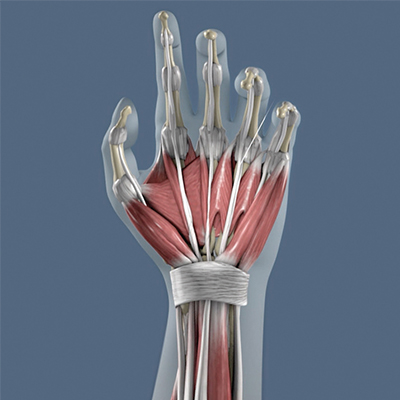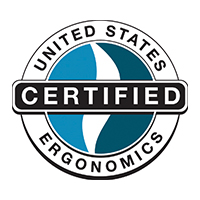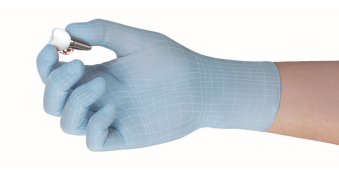MUSCULOSKELETAL DISORDERS (MSD) ARE INJURIES AND DISORDERS THAT AFFECT THE HUMAN BODY’S MOVEMENT OR MUSCULOSKELETAL SYSTEM AND ARE CATEGORIZED AS DISORDERS OF THE NECK, SHOULDERS, HANDS, WRISTS, AND BACK
The prevalence of these musculoskeletal disorders (MSDs) among dentists, dental students and dental hygienists can range from 64-93%.1 Out of all oral healthcare professionals, dental hygienists are the most affected by MSDs.1
Musculoskeletal disorders (MSDs) affect dental practitioners and often are one of the main reasons for them to retire early.2
Work-related musculoskeletal disorders (WRMSDs) affect the muscles, nerves, blood vessels, ligaments, joints, and tendons. Most WRMSDs develop over time, and they can progress from mild to severe disorders. These disorders are seldom life threatening, but they impair the quality of life of a substantial proportion of the adult population.3

- Exerting excessive force
- Excessive repetition of movements
- Awkward postures or unsupported positions
- Static postures or positions that a worker must hold for extended periods of time; compression which can concentrate force on small areas of the body
- Inadequate recovery time due to overtime, lack of breaks, and failure to vary tasks
- Excessive vibration, usually from vibrating dental tools/drills, which can decrease blood flow, damage nerves, and contribute to muscle fatigue
PHYSICAL IMPACT OF WEARING GLOVES
Increased thickness, reduced elasticity and subsequent rigidity may cause hand fatigue and potential MSDs in dental providers’ when these gloves are worn for extended periods of time due to increasing:
- Muscle activity
- Wrist deviation whilst reducing hand grip strength
- Forearm torque strength
- Touch sensitivity
EVOLUTION OF ERGONOMICS AND MEDICAL GLOVES
New innovative ergonomically designed and certified glove solutions have proven to help reduce muscle strain and improve muscle performance in the hand, wrist, and arm. They can minimize the risk of injury, meet regulatory compliance, improve practice performance, and increase safety. An easy hand injury prevention strategy to implement!
Watch AnsellCARES Partners in Protection Webinar, Mind Your Body - Preserve Your Career: The Importance of Ergonomics in Dentistry by Mary Govoni. Mary brings 50+ years of experience in dentistry as a Certified Dental Assistant and Registered Dental Hygienist, with both clinical and administrator experience in general and specialty practices.
WATCH NOWDownload the full InTouch newsletter on Ergonomics in Dentistry written by Patty Taylor RN, BA who is a clinical consultant in the medical device industry. Patty has been an active member of professional associations and networking groups for more than 30 years, she has focused on perioperative nursing, infection control, business development, marketing, and education.
DOWNLOAD
REFERENCES:
1. Goodchild J. Musculoskeletal Disorders in Clinical Dentistry: How Technology Can Safeguard Your Dental Team. Dentistry Today. April 2019. www.dentistrytoday.com/musculoskeletal-disorders-in-clinical-dentistry-how-technology-can-safeguard-your-dental-team/
2. Gupta A, Bhat M, Bansal N, Gupta G. Ergonomists in Dentistry. Int J Clin Pediatr Dent 2014:1(1):30.
3. Valachi B. Getting the Upper Hand on Pain: Preventing Hand and Wrist Pain Syndromes in Dental Professionals. A Peer-Reviewed Publication. https://dentalacademyofce.com/courses/1878/pdf/handandwristpain.pdf.
4. Khanagar S, Rajanna V, Naik S, Jathanna VR, Kini PV, Reddy S. An Insight to Ergonomics in Dental Practice. I J Pre Clin Dent Res 2014;1(2): 35-40.
5. Dianat I, Haslegrave M, Stedmon A. Using pliers in assembly work: Short and long task duration effects of gloves on hand performance capabilities and subjective assessments of discomfort and ease of tool manipulation. Applied Ergonomics 2012; 43(2):413-423.




